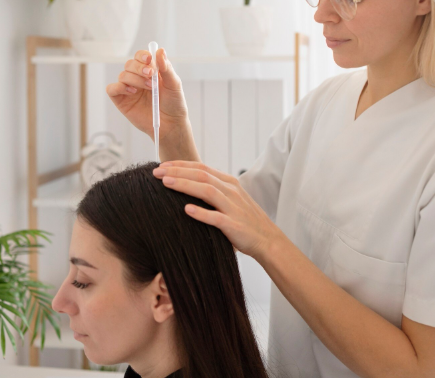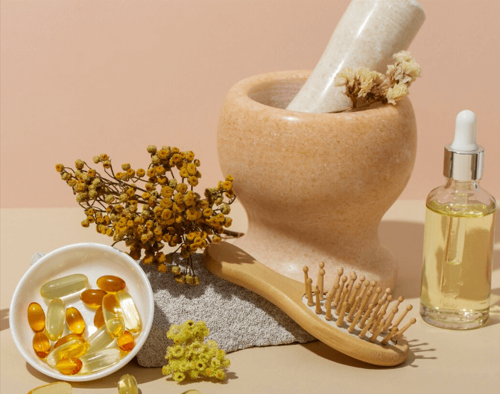For athletic and fitness-focused women, breast augmentation comes with unique considerations. Whether you’re a professional athlete, a weightlifter, or simply committed to an active lifestyle, understanding how implants can affect performance, movement, and recovery is essential to making the right surgical decision.
In this guide, we’ll break down the most important things active women should know about breast augmentation—from implant placement to returning to your workout routine safely.
1. Choosing the Right Implant Type and Size
Athletes typically favor a natural look and feel that doesn’t interfere with performance. When selecting implants:
- Moderate profile implants are often ideal, offering subtle enhancement without excessive projection.
- Silicone gel implants are preferred for their natural feel and lighter weight compared to saline.
- Smaller implant sizes (under 350cc) are common among athletic patients to minimize interference with upper-body movement and reduce added weight on the chest.
Tip: Be honest with your surgeon about your training intensity, sport type, and aesthetic goals so they can recommend the most functional and flattering option.
2. Implant Placement: Over vs. Under the Muscle
One of the most important decisions for active women is implant placement. There are two primary options:
Submuscular (Under the Muscle):
- Pros: More natural look, especially for women with little existing breast tissue; lower risk of visible implant edges.
- Cons: Can cause animation deformity—distortion of the breast when the pectoral muscle contracts (common in weightlifters and bodybuilders).
Subglandular (Over the Muscle):
- Pros: No animation deformity, shorter recovery time, less interference with chest muscle function.
- Cons: Higher visibility and palpability of the implant, especially in lean women with minimal breast tissue.
Some surgeons offer a dual-plane technique, combining benefits of both approaches. An experienced surgeon will evaluate your anatomy and training style to determine the best fit.
3. Planning Your Recovery Timeline
Recovery timelines vary, but for athletes, it’s crucial to be conservative to avoid complications like implant displacement or capsular contracture.
General Recovery Milestones:
- Weeks 1–2: Rest and light walking. Avoid raising arms above shoulders.
- Weeks 3–4: Resume light lower-body workouts (e.g., walking, cycling).
- Weeks 4–6: Gradually introduce low-impact upper body work with surgeon approval.
- Weeks 6–8+: Most athletes can resume full-intensity workouts, including weightlifting and high-impact sports, with clearance.
Key Tip: Follow your surgeon’s post-op instructions strictly—even if you “feel fine” early on. Rushing recovery increases the risk of complications and poor aesthetic outcomes.
4. Long-Term Considerations for Active Lifestyles
Breast Movement and Discomfort
Implants may cause initial discomfort during certain movements like running or chest presses. Investing in high-impact sports bras and adjusting your training form can help mitigate this.
Upper Body Training
Some women may notice minor strength changes or muscle compensation patterns post-surgery. Chest-dominant athletes (e.g., CrossFitters, swimmers) should consult with both their surgeon and a sports physiotherapist during recovery.
Weight Fluctuation and Body Composition
Because athletes often experience changes in body fat, implant visibility may increase if body fat becomes very low. Discuss your physique goals with your surgeon during your consultation.
5. Communicating with Your Surgeon
Choose a board-certified plastic surgeon who has experience working with athletic patients. During your consultation:
- Discuss your sport or training style.
- Share your workout frequency and goals.
- Ask about implant materials, profiles, and placement options.
- Request before-and-after photos of athletic patients.
Final Thoughts: Confidence and Performance Can Coexist
Breast augmentation doesn’t mean sacrificing your athletic performance. With thoughtful planning, appropriate implant choice, and patience during recovery, active women can achieve their aesthetic goals without compromising their strength or mobility.
If you’re considering breast augmentation and lead an active lifestyle, schedule a consultation with a surgeon who understands the unique needs of athletic patients. The right expert will help you balance form, function, and fitness.




